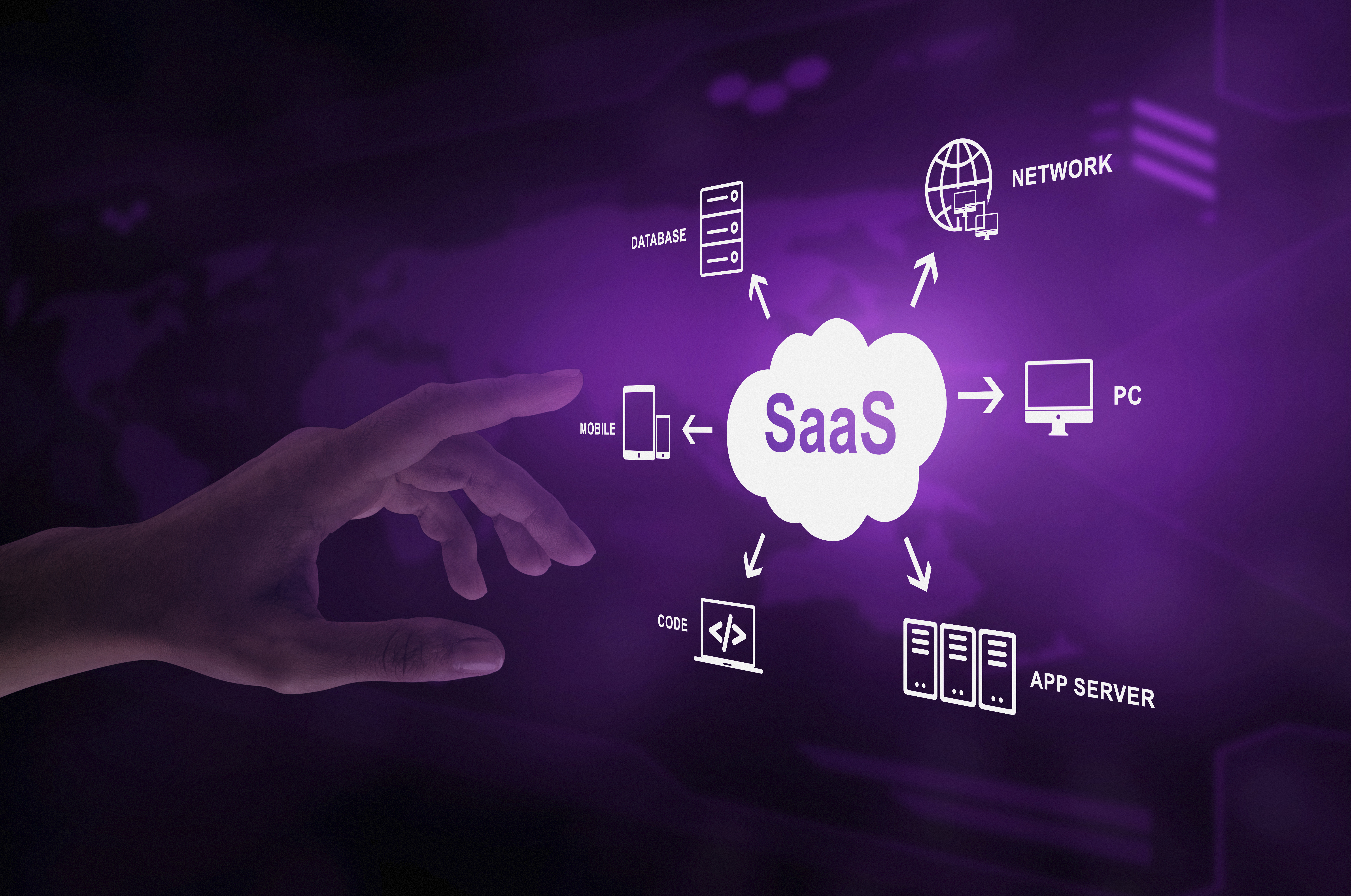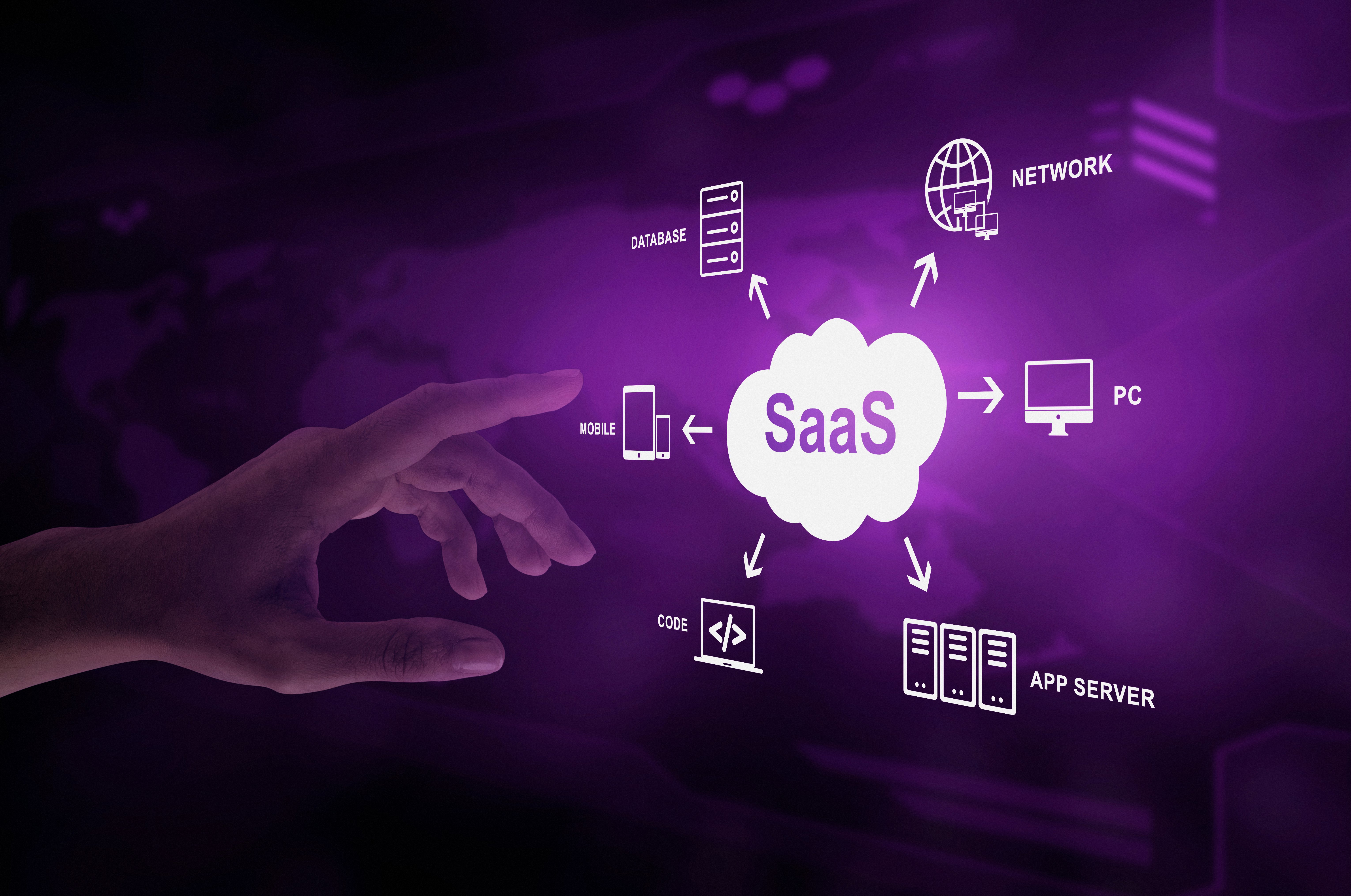How to market SaaS products? Don’t rack your brains, just read our guide.
In the fast-paced world of B2B SaaS, making your mark demands more than just a great product; it calls for a strategic approach to stand out in a crowded marketplace. The path a SaaS product takes from its initial concept to becoming a market leader is filled with potential pitfalls but also vast opportunities for growth and innovation.
At Yay!Starter, we’re not just observers of this journey; we’re active participants, dedicated to guiding SaaS startups from their early stages to Series A funding and beyond, towards becoming industry leaders.
This blog post kicks off our targeted series for B2B SaaS businesses, setting the stage with essential marketing strategies that pave the way for successful SaaS product promotion.
Whether you’re preparing for Series A or just starting out, our insights will provide the tools you need to market your SaaS product effectively.
Understanding Your Audience: The Cornerstone of SaaS Marketing Success
The first step in any successful B2B SaaS marketing strategy is understanding your target audience. This isn’t just about knowing who they are on a surface level but diving deep into their world.
What are the specific challenges they face in their daily operations? How can your product meet and exceed their needs and solve these challenges in ways they hadn’t considered possible?
To truly connect with your potential customers, you need to segment your audience. This means categorising them based on various factors like industry, company size, role within the company, and even pain points. Such segmentation allows you to tailor your marketing efforts in a way that resonates on a personal level with each subgroup.
 Remember, in the SaaS world, personalisation is everything. It’s the difference between a potential customer feeling like just another email address on your list and feeling like you’re speaking directly to them, addressing their unique challenges, and offering solutions.
Remember, in the SaaS world, personalisation is everything. It’s the difference between a potential customer feeling like just another email address on your list and feeling like you’re speaking directly to them, addressing their unique challenges, and offering solutions.
Crafting a SaaS Marketing Strategy: A Multi-Faceted Approach
Building a robust SaaS marketing strategy requires a blend of various marketing tactics that work together to move potential customers through the sales funnel. It’s about creating a journey from the first touchpoint of awareness to the decision stage — and further, into customer retention and advocacy.
Let’s break down the key components:
Content Marketing
A robust content marketing plan is at the heart of every successful SaaS marketing strategy. To truly leverage content marketing for your SaaS business, consider the following approach:
- Blog Posts: Regularly updated blog content that addresses the latest industry trends, offers solutions to common problems, and provides insights into the SaaS world can significantly boost your SEO efforts and establish your brand as an authority. Consider topics that align closely with your audience’s interests and challenges, and provide actionable advice.
- White Papers and eBooks: These in-depth pieces of content offer an excellent opportunity to dive deeper into subjects that matter to your audience. They’re excellent tools for lead generation, as they’re often exchanged for contact information. Ensure these resources provide substantial value and showcase your product’s unique position in solving industry-specific issues.
- Case Studies: There’s no better way to demonstrate your product’s value than through real-world examples of how it has solved problems for existing customers. Case studies should detail the customer’s challenge, the solution provided by your SaaS product, and the outcomes achieved. They serve as powerful testimonials and can significantly influence potential customers’ decision-making processes.
- Video Content: With the increasing consumption of video content, incorporating videos into your content strategy can enhance engagement and retention. From explainer videos that simplify complex concepts to customer testimonials and behind-the-scenes looks at your product, video content is a dynamic way to connect with your audience.
 Pro Tip: Short, engaging videos often have higher engagement rates and can simplify complex SaaS features for your audience.
Pro Tip: Short, engaging videos often have higher engagement rates and can simplify complex SaaS features for your audience. - Infographics: These visual content pieces make complex information easy to digest and are highly shareable. Use infographics to summarise research findings, illustrate data, or explain how your SaaS product works in a visually appealing manner.
- Webinars: Hosting webinars lets you directly engage with your audience, provide valuable insights, and showcase your product’s features and benefits. They are also effective for lead generation and nurturing, as attendees are already interested in what you have to offer.
@DC Studio
- Podcasts: Starting a podcast or appearing as a guest on established podcasts in your industry can reach your audience in a personal and engaging way. Discuss relevant topics, share insights, and subtly promote your SaaS product to listeners.
 Pro Tip: Use podcast episodes to discuss broader industry trends, positioning your SaaS as an innovative solution.
Pro Tip: Use podcast episodes to discuss broader industry trends, positioning your SaaS as an innovative solution.
- Social Media Content: Tailor your content for social media platforms where your audience spends their time. Use these channels to share industry news, tips, company updates, and soft promotions of your product. Engaging directly with your audience on social media can boost brand loyalty and customer satisfaction, making social media an integral part of your SaaS content strategy.
Search Engine Optimisation (SEO)
Search engine optimisation is the silent engine that powers your online visibility, ensuring that the valuable content you create reaches your intended audience. Mastering SEO can significantly increase your brand’s discoverability and, by extension, its success.
Here’s how to effectively integrate SEO into your SaaS marketing arsenal:
- Keyword Research: The foundation of any successful SEO strategy begins with identifying the right keywords. These are the terms your target audience uses when searching for solutions to their problems. Tools like Google’s Keyword Planner, Ahrefs, and SEMrush can provide insights into search volume, competition, and related queries.
Remember, it’s not just about the high-volume keywords; long-tail keywords often lead to more qualified traffic and higher conversion rates.
- On-Page Optimisation: Each page on your website should be optimised for both search engines and users. This includes using the right keywords in your titles, headers, meta descriptions, and throughout your content. But, SEO isn’t just about keywords; ensuring your site is user-friendly, with fast loading times and a responsive design, is equally important. According to a study by Backlinko, pages on the first page of Google results load in 1.65 seconds on average.
- Quality Content: Google’s algorithms favour content that provides value, answers users’ questions, and offers solutions. A content-rich site that consistently publishes relevant and informative articles, guides, and blog posts is more likely to rank higher in search results.
 Pro Tip: Regularly update old content to keep it fresh and relevant, boosting your site’s SEO value over time.
Pro Tip: Regularly update old content to keep it fresh and relevant, boosting your site’s SEO value over time.
- Backlink Strategy: Backlinks, or inbound links from other reputable sites, signal to search engines that your content is valuable and authoritative. Guest posting on industry blogs, collaborating with influencers, and creating share-worthy content are effective ways to build your backlink profile.
- Local SEO: If your SaaS serves a particular geographic market, local SEO can help you rank higher in those specific areas. Ensure your business is listed in relevant online directories and on Google My Business. Reviews also play a crucial role in local SEO; they encourage satisfied customers to leave positive feedback.
- Technical SEO: The backend of your website needs to be optimised for search engines as well. This includes improving site structure, ensuring mobile responsiveness, optimising page speed, and implementing schema markup. According to Google, the probability of bounce increases by 32% as page load time goes from one second to three seconds.
Email Marketing
Email marketing is one of the most effective tools in the SaaS marketing toolkit, offering a direct and personalised line of communication with your audience. Through carefully crafted emails, you can guide potential customers through each stage of the buying process, ensuring that they receive the most relevant and valuable content at the right time.
Here’s how to maximise the impact of your SaaS email marketing efforts:
- Welcome Emails: When someone signs up for your service or newsletter, send them a welcome email. This first touchpoint can set the tone for your relationship, so make it count. Welcome emails have an open rate of over 63%, making them more effective than standard newsletters, per GetResponse.
- Educational Content: Provide subscribers with valuable information that helps solve their problems without overtly selling your product. This could include how-to guides, industry insights, or case studies. The Content Marketing Institute found that 87% of B2B marketers say email is one of their top free organic distribution channels.
- Drip Campaigns: Use drip email campaigns to automatically send a series of messages based on specific triggers, such as a download of a white paper or sign-up for a free trial. These campaigns help keep your brand top-of-mind and provide your prospects with valuable information at critical stages of their decision-making process.
 Pro Tip: Map out your customer’s journey to identify key touchpoints and tailor your drip campaigns to these moments, ensuring each email adds value and encourages progression through the funnel.
Pro Tip: Map out your customer’s journey to identify key touchpoints and tailor your drip campaigns to these moments, ensuring each email adds value and encourages progression through the funnel.
- A/B Testing: Experiment with different subject lines, email content, layouts, and calls-to-action to see what works best for your audience. A/B testing can help you refine your approach and increase the effectiveness of your email campaigns.
 Pro Tip: Beyond just testing subject lines and calls-to-action, experiment with sending times and frequency to optimise open rates and engagement.
Pro Tip: Beyond just testing subject lines and calls-to-action, experiment with sending times and frequency to optimise open rates and engagement.
Paid Advertising
Leveraging the power of paid advertising can significantly enhance your SaaS product’s visibility and drive targeted traffic to your website. By carefully selecting platforms that align with your audience’s preferences and behaviours, you can create highly focused campaigns that speak directly to their needs and interests.
Here’s how to make the most out of paid advertising for your B2B SaaS marketing:
- Google Ads: Utilise Google Ads to place your SaaS solution in front of potential customers actively searching for similar offerings. With features like keyword targeting, you can ensure your ads appear for specific search terms related to your product.
- LinkedIn Ads: Given its professional context, LinkedIn Ads are particularly effective for B2B SaaS products. Target ads based on job titles, functions, industries, and even specific companies to reach decision-makers and influencers within your target market. So, it’s no surprise that B2B marketers find LinkedIn 82% more effective than other social channels.
 Pro Tip: Experiment with LinkedIn’s Lead Gen Forms, which allow you to capture lead information directly within the platform, offering a seamless user experience that can dramatically increase conversion rates.
Pro Tip: Experiment with LinkedIn’s Lead Gen Forms, which allow you to capture lead information directly within the platform, offering a seamless user experience that can dramatically increase conversion rates. - Retargeting Campaigns: Retargeting allows you to show ads to users who have previously visited your website but didn’t convert. This keeps your brand top-of-mind and encourages return visits that may lead to conversions.
- Content Syndication: Amplify the reach of your best-performing content by using paid content syndication networks. This helps you place your content on relevant sites where your target audience spends their time, enhancing brand visibility and authority.
SaaS Product Marketing Tactics: Making an Impact
Effectively marketing your SaaS product hinges on how well you can showcase its value and benefits to your target audience. It’s about transcending feature lists to illustrate how your solution can revolutionise your customers’ operations, solve their problems, and drive them toward their objectives.
Here are some strategies to help make an impact:
- Leverage Social Proof: Social proof is immensely powerful in reassuring potential customers about the reliability and value of your product. Feature customer testimonials, user reviews, and success stories in your marketing efforts. Display badges of industry awards or certifications your product has earned.
According to Brightlocal’s Local Consumer Review Survey 2024: Trends, Behaviors, and Platforms Explored, 33% of consumers always read online reviews, while 42% of people read them regularly. This highlights the enormous impact of social proof on online consumers. - Offer Free Trials or Demos: Providing prospects with a first-hand experience of your product can mitigate purchase hesitations and significantly elevate conversion rates. Free trials or live demos offer a risk-free avenue for potential customers to gauge the value of your solution.According to a study, SaaS companies with free trial models see conversion rates from trials to paying customers between 48







